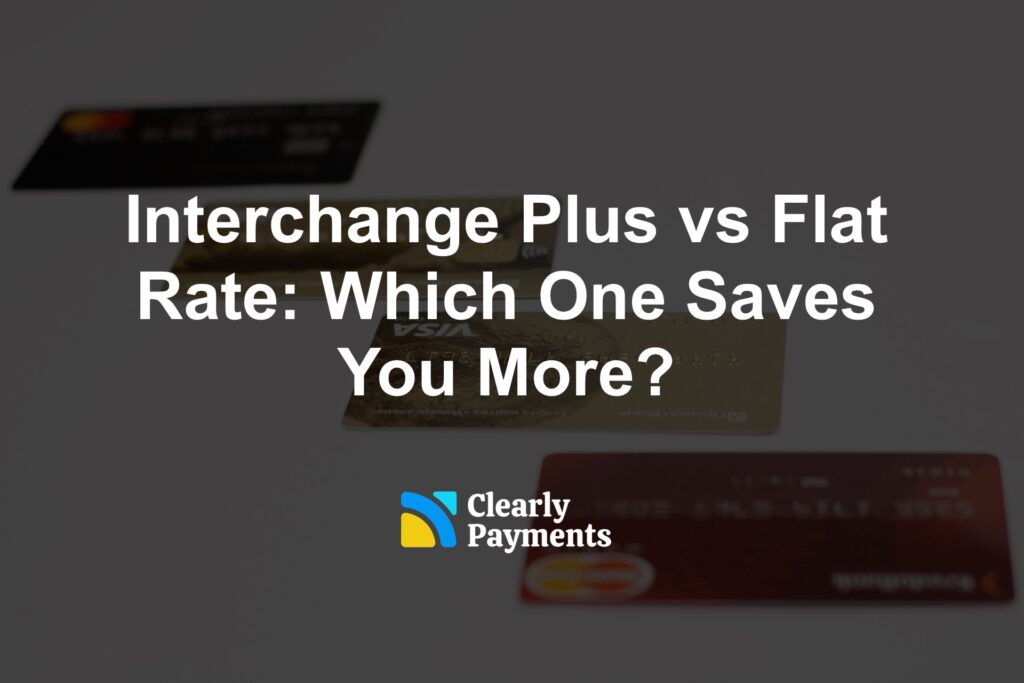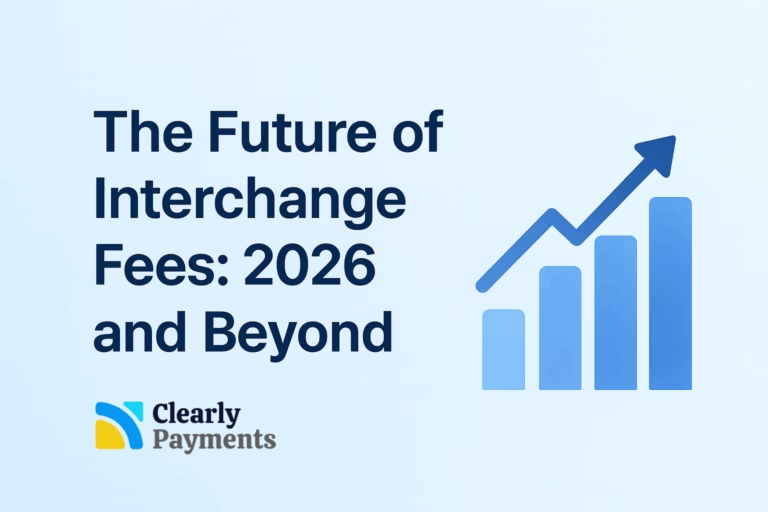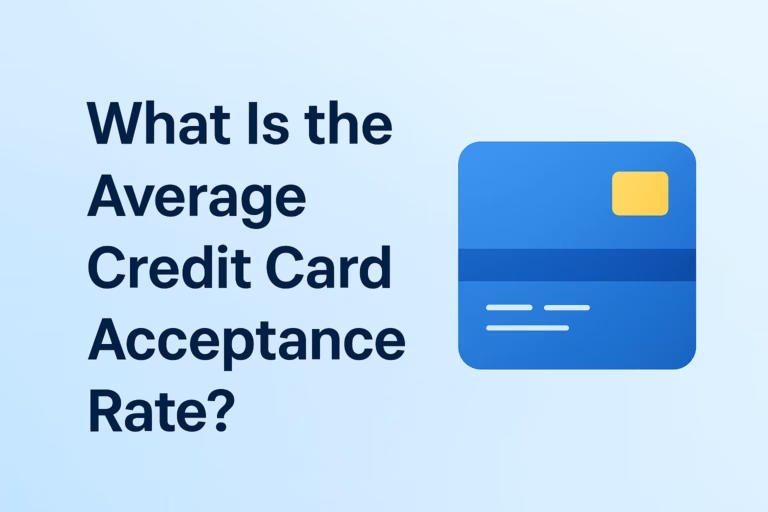If your business accepts credit cards, choosing the right pricing model can have a big impact on your bottom line. The two most common options are Flat Rate and Interchange Plus. While both help you process payments, how you’re charged—and how much—can differ significantly.
This article breaks down the key differences in simple terms, so you can choose what’s best for your business.
What Is Flat Rate Pricing?
Flat Rate pricing is the easiest to understand. You pay the same fee for every transaction, no matter what type of credit card your customer uses.
Example:
Let’s say your Flat Rate is 2.90% + $0.30.
For a $100 sale, your total cost would be: $2.90 + $0.30 = $3.20
This type of pricing is usually offered by payment aggregators, which means your business doesn’t get its own merchant account—instead, you’re part of a large, shared account with many other businesses. That’s why sign-up is super quick, often just a few minutes.
Pros:
Simple and predictable
Very fast sign-up process
No monthly fees in most cases
Cons:
Higher fees overall, especially as you grow
Shared account can lead to unexpected funding holds
Less flexibility and limited support
What Is Interchange Plus Pricing?
Interchange Plus is more transparent. You pay the actual interchange rate set by the card networks (like Visa and Mastercard), plus a small markup from your payment processor.
Example:
Interchange fee: 1.81%
Processor markup: 0.25% + $0.15
Total cost: 2.06% + $0.15
So, on a $100 sale, your total fee would be: $2.06 + $0.15 = $2.21
Unlike Flat Rate, Interchange Plus gives you your own dedicated merchant account, which offers more control, faster access to funds, and better support. Most merchant accounts come with a monthly fee, typically between $10 and $20.
Pros:
More transparent and fair
Lower costs at higher volumes
Better support and fewer funding issues
Full control of your merchant account
Cons:
Slightly more complex fee structure
Monthly fees apply
Sign-up takes a bit longer (usually 1–3 days)
Why Interchange Plus Gets Cheaper as You Grow
Let’s compare both models at different monthly volumes to see where Interchange Plus starts to save you money. These examples assume an average sale of $100 and 50 transactions per $5,000 in volume.
| Monthly Volume | Flat Rate (2.90% + $0.30) | Interchange Plus (2.06% + $0.15) + $15/month |
|---|---|---|
| $1,000 | $32 | $21.60 + $15 = $36.60 |
| $5,000 | $160 | $108 + $15 = $123 |
| $10,000 | $320 | $216 + $15 = $231 |
| $25,000 | $800 | $540 + $15 = $555 |
| $50,000 | $1,600 | $1,080 + $15 = $1,095 |
| $100,000 | $3,200 | $2,160 + $15 = $2,175 |
Takeaway: Flat Rate is slightly cheaper for very small volumes, but Interchange Plus quickly becomes more cost-effective as your business grows. At $10,000/month, you’re already saving nearly $90/month—and those savings multiply as your volume increases.
Quick Review of Flat Rate vs Interchange Plus
| Feature | Flat Rate Pricing | Interchange Plus Pricing |
|---|---|---|
| Transaction Fee (example) | 2.90% + $0.30 | 2.06% + $0.15 |
| Merchant Account | Shared (aggregator) | Dedicated merchant account |
| Monthly Fee | Usually none | $10–$20 |
| Setup Time | Very fast (minutes) | Slower (1–3 days) |
| Best For | Small/new merchants | Growing or high-volume merchants |
| Support & Flexibility | Basic | Advanced |
What Does Clearly Payments Recommend?
At Clearly Payments, we support both models—but for most growing businesses, Interchange Plus provides better value, more transparency, and stronger support. Once you’re processing over $100,000/year, the savings become clear.
If you’re just starting out, we’re happy to set you up on a simple Flat Rate plan and help you upgrade when the time is right.
Accept Interchange Plus or Flat Fee pricing with Clearly Payments
- Flexible and simple integration options
- Fast funding
- A full set of payment products to accept payment anytime, anywhere
- World-class customer service




